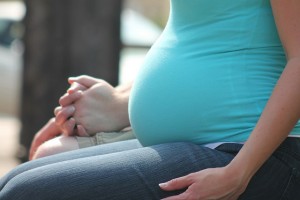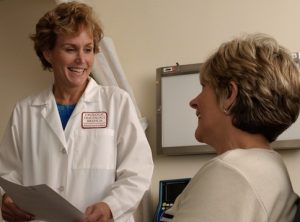Our food comes into contact with a lot of different materials and machines before it reaches our plates. The agriculture industry tries hard to ensure proper food safety by testing random representative samples of each batch of produce or food product before sending it out for distribution. They cannot send out the batch until they …
The list of things that are sterile is shrinking as DNA sequencing methods become more sensitive and are able to pick up microbial signals in even the sparsest environments. A news article in the Times discusses research on the microbiome of the human womb and the fact that it is not actually as sterile as …
Often on this blog, we talk about biofilms in water systems or water-borne pathogens. Even when we discuss the drinking water microbiome, it is seldom with a focus on any particularly beneficial bacteria. Although there has been some discussion about what essentially amounts to probiotics for water, there seems to be little literature in the area …
The Joint Commission recently released new standards for antibiotic stewardship for field review. They aim to get more hospitals and institutions thinking about antibiotic stewardship programs and how their prescribing habits affect antibiotic resistance. Although it seems there may be opposition by some clinicians (as there always is with any change), hopefully antibiotic stewardship standards will become …
Today marks the inaugural launch of mSystems, a new open access ASM journal on systems microbiology, founded by Dr. Jack Gilbert of Argonne National Laboratory and a Sloan-funded microbiome of the built environment researcher and collaborator to many readers of this blog. The mSystems Senior editorial board is comprised of a team of microbiome experts: …
As Beijing experiences its first “Red Alert” smog emergency, an aptly-timed bit of quirky performance art is making the round on Chinese social media and the English-language press today. A artist from Shenzhen who calls himself “Brother Nut” spent 100 days walking around Beijing with an industrial vacuum cleaner. He then collected dust into a …
I was catching up on my NPR shows this evening and this one is definitely worth a listen. Here are the slides that they talk about in the podcast that summarize conversations with a focus group in England about antimicrobial resistance. Science Friday interviews Ed Young (who I highly recommend you follow on Twitter if you don’t already) …
The Mayo Clinic in MN has built a research facility called the “Well Living Lab” which aims to help research connections between health and the built environment. Here’s a description of the facility from their website: At the Lab, we research the real-world impact of indoor environments on human health and well-being, and generate evidence-based …
For the past couple of years, there has been a storm gathering on the horizon of indoor air quality monitoring. Nucleating around crowd-funding sites such as Kickstarter and Indiegogo, these devices seem to advect along roughly similar trajectories. The teams working on these projects have created a sort of high pressure system wafting high-quality industrial …
Really short post here, digging back through old bookmarked stories that I had wanted to share on microBEnet. Jessica Green gives yet another great interview about microbes in the built environment, this time for the Robert Wood Johnson Foundation. See the interview here.





